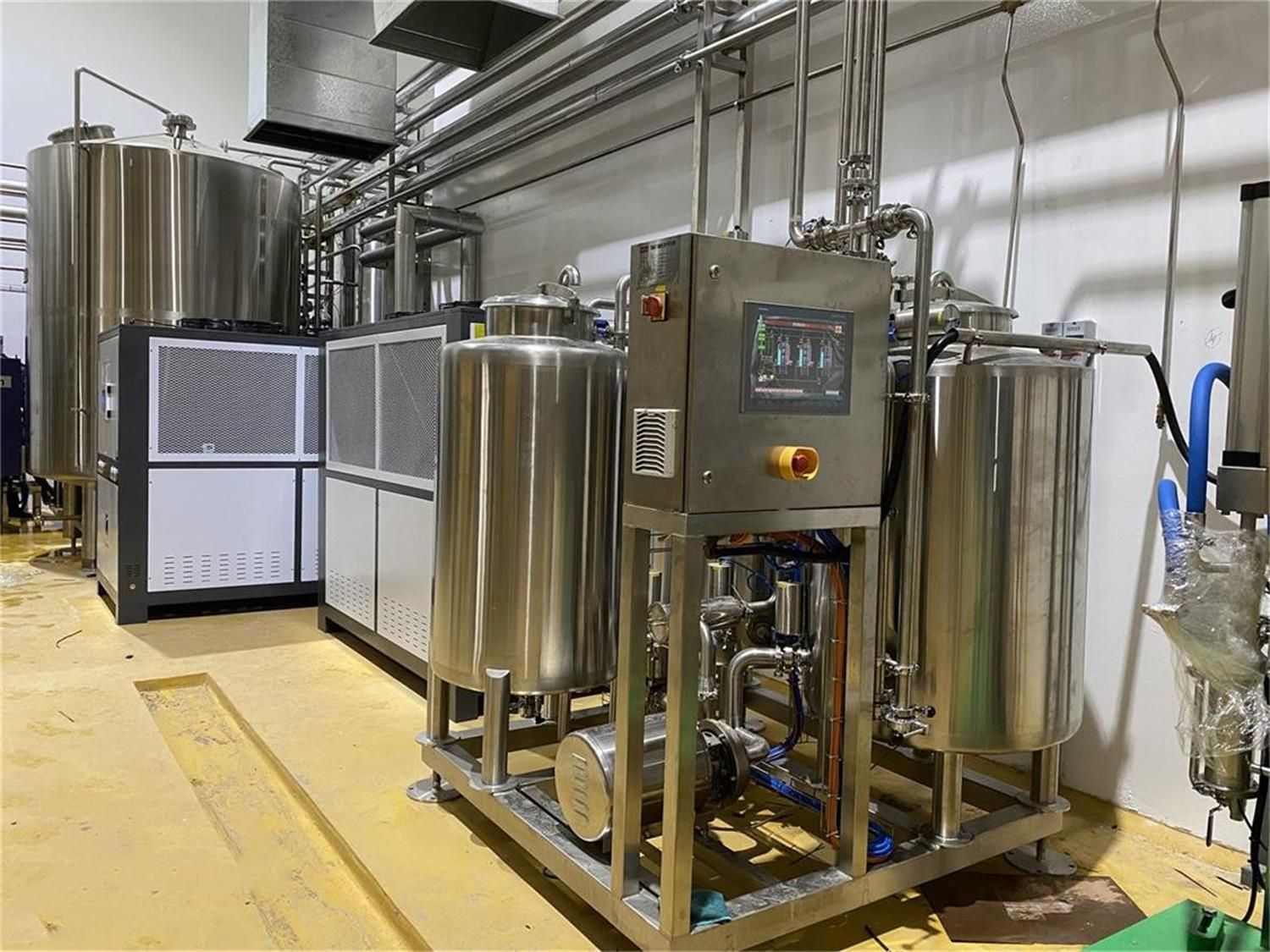Who is Suitable for Microbrewery Equipment?
Who is Suitable for Microbrewery Equipment?
Microbrewery equipment is ideal for aspiring craft brewers, entrepreneurs, and existing brewery owners looking to expand. If you have a passion for beer, a solid business plan, and an understanding of brewing science, this could be the perfect venture for you. Whether you’re looking to start a small-scale operation or a medium-sized brewery, investing in the right equipment is crucial for long-term success.
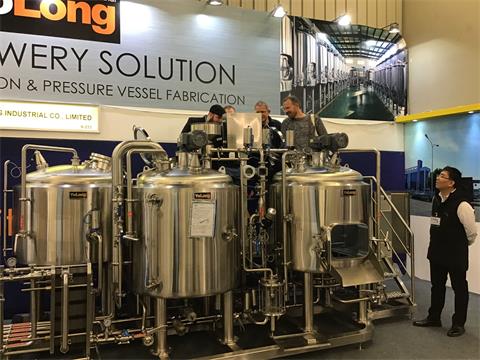
Types of Microbrewery Equipment
A microbrewery requires various specialized equipment, each serving a specific function. Below are the key types of equipment used in a microbrewery:
1. Malt Milling Equipment
Malt milling equipment crushes malted barley into grist, making it suitable for brewing. A well-milled grain ensures better efficiency during the mashing process.
2. Mash Tun and Lauter Tun
The mash tun is where starches from the malt are converted into fermentable sugars. The lauter tun separates the liquid wort from the grain husks, ensuring a clear and efficient extraction.
3. Brewing Kettle and Whirlpool
The brewing kettle is used to boil the wort and add hops for bitterness and aroma. The whirlpool system helps separate solid particles from the liquid.
4. Fermentation Tanks
Fermentation tanks hold the wort as it ferments into beer. These tanks come in various sizes and include temperature control systems to ensure optimal fermentation conditions.
5. Bright Beer Tanks
After fermentation, beer is transferred to bright beer tanks for carbonation and clarification before packaging.
6. Cooling and Glycol Systems
Temperature control is critical for brewing. Glycol systems help maintain the desired temperature in fermentation tanks and bright beer tanks.
7. Filtration Systems
Filtration removes unwanted particles from the beer, improving clarity and stability.
8. Kegging and Bottling Lines
Once the beer is ready, it needs to be packaged. Kegging systems and bottling lines allow you to store and distribute your product efficiently.
9. Cleaning and Sanitization Equipment
Cleanliness is crucial in brewing. Cleaning-in-Place (CIP) systems help maintain hygiene, preventing contamination and off-flavors.
How to Choose the Right Microbrewery Equipment
Selecting the right microbrewery equipment depends on several factors:
- Production Capacity: Determine how much beer you want to produce. A small microbrewery might require a 3-barrel system, while a larger one might need a 10-barrel system.
- Budget: Equipment costs vary widely. Decide on a budget that covers essential items without compromising quality.
- Space Availability: Ensure your brewing space can accommodate the equipment you choose.
- Automation Level: Some breweries prefer manual systems, while others invest in automated brewing solutions.
- Supplier Reputation: Buy from reputable suppliers known for durability and customer service.
- Regulatory Compliance: Ensure that your equipment meets health and safety regulations in your region.

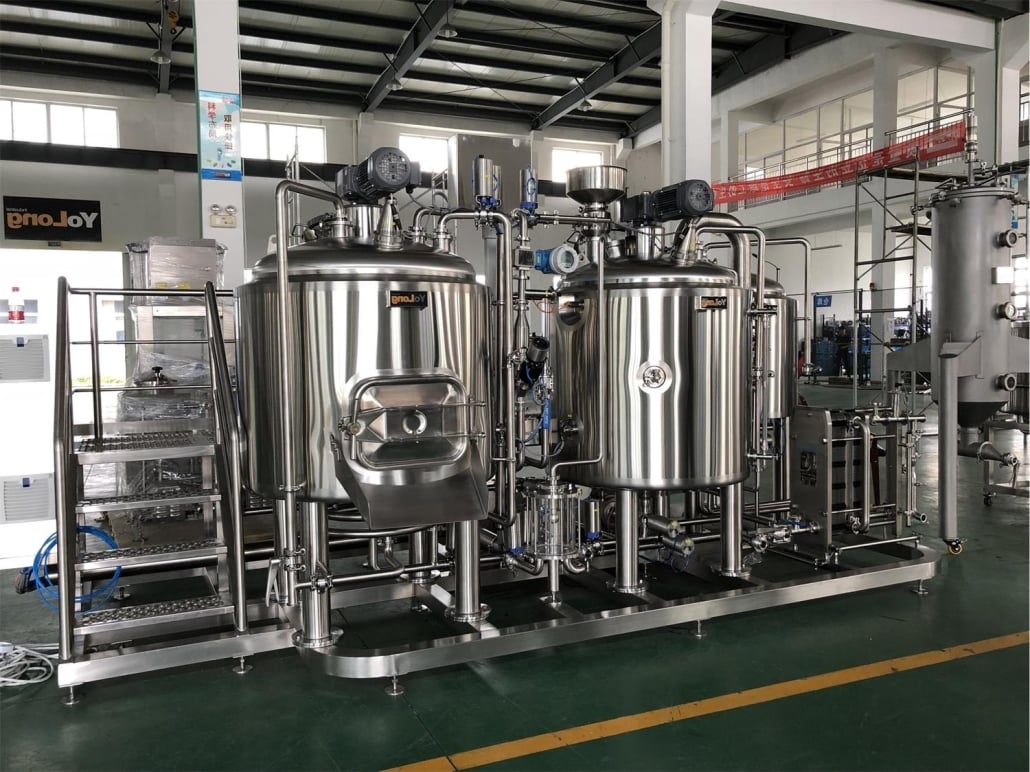

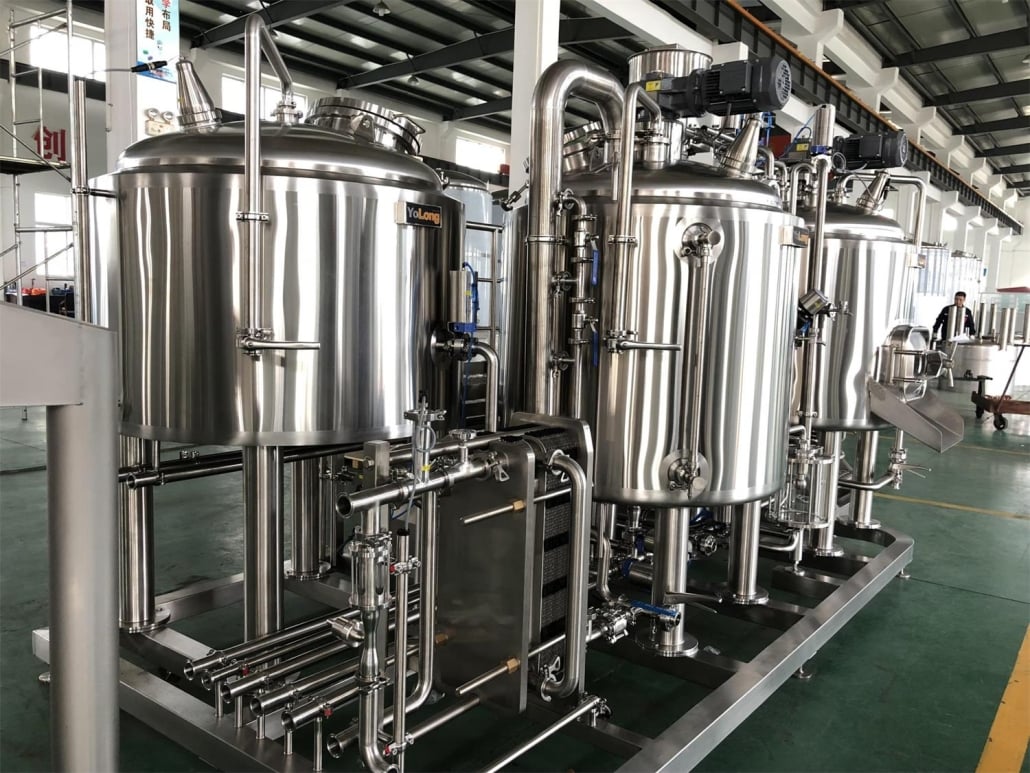
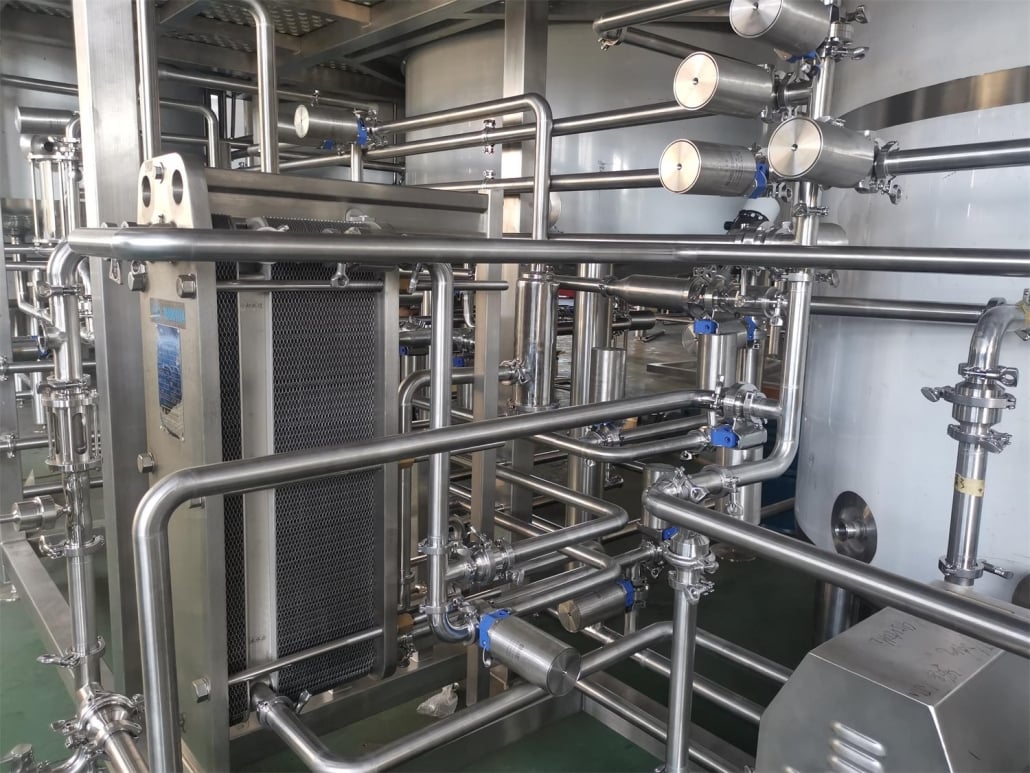
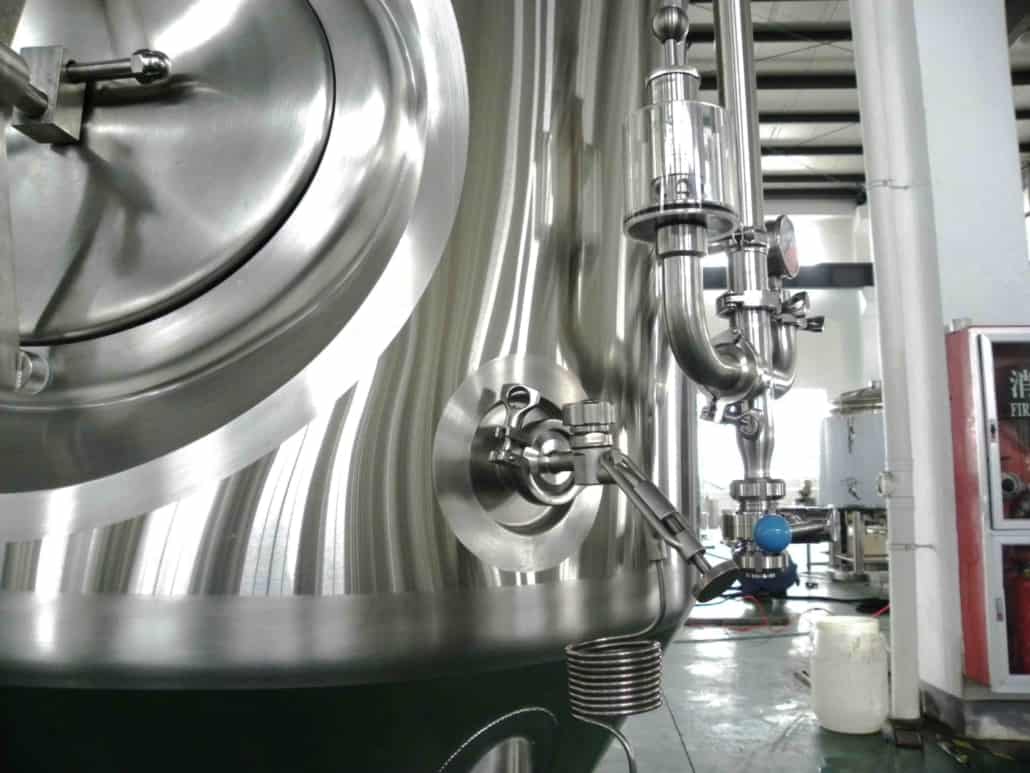
Where to Buy Microbrewery Equipment?
| Supplier Name | Location | Specialties | Price Range | Customer Support |
|---|---|---|---|---|
| ABC Brewing Equipment | USA | Small-scale and medium-sized breweries | $$ – $$$$ | 24/7 Support |
| BrewTech Systems | UK | High-tech automated brewing systems | $$$ – $$$$$ | Extensive warranty |
| China Brew Machinery | China | Affordable stainless steel brewing tanks | $ – $$$ | Limited support |
| EuroBrew Equipment | Germany | Customizable brewing solutions | $$$$ | Premium support |
| KegWorks | Global | Kegging and bottling solutions | $ – $$$ | Online and phone support |
Cost of Microbrewery Equipment
The cost of microbrewery equipment varies depending on the size, brand, and features. Here’s a rough estimate of what you might spend:
| Equipment Type | Price Range |
|---|---|
| Malt Milling Equipment | $2,000 – $10,000 |
| Mash Tun & Lauter Tun | $10,000 – $50,000 |
| Brewing Kettle | $15,000 – $80,000 |
| Fermentation Tanks | $5,000 – $60,000 |
| Bright Beer Tanks | $5,000 – $50,000 |
| Cooling System | $10,000 – $40,000 |
| Filtration System | $5,000 – $30,000 |
| Bottling & Kegging System | $10,000 – $100,000 |
Tips for Setting Up Your Microbrewery
| Tip | Description |
|---|---|
| Plan Your Layout | Optimize space for efficiency and safety. |
| Choose Quality Equipment | Invest in durable, high-quality machinery. |
| Maintain Hygiene | Use CIP systems for proper sanitization. |
| Obtain Licenses | Ensure you meet legal requirements. |
| Focus on Branding | Develop unique labels and packaging. |
| Test Your Recipes | Experiment before launching full-scale production. |

FAQ
| Question | Answer |
|---|---|
| How much does microbrewery equipment cost? | Prices range from $50,000 to $500,000 depending on size and automation. |
| What size system should I buy? | It depends on your production goals, typically between 3 to 10 barrels for a microbrewery. |
| Can I start a microbrewery at home? | Yes, but local regulations may limit production capacity. |
| What’s the best place to buy microbrewery equipment? | Reputable suppliers like ABC Brewing, BrewTech Systems, and EuroBrew Equipment. |
| Is it better to buy new or used equipment? | New equipment offers reliability and warranties, while used equipment is more budget-friendly. |
Share this entry
Interested in learning more about Brewing Systems including additional details and pricing information? Please use the form below to contact us!
YOLONG BREWERY EQUIPMENT FAQS
- Commercial Brewery / Craft Brewery / Microbrewery / Nanobrewery
- What is The Difference Between Craft Beer and Industrial Beer?
- The Bespoke Differences In Custom Brewing Systems
- Everything You Need to Know About Kettle Souring
- How to Choose Brewing Equipment for Your business?
- How To Choose The-Best Partner To Build Your Commercial Microbrewing System?
- Two Detection Sensors That You Need To Use In Your Brewhouse System
- Remote Control Applications in Brewing Equipment/How does it work?
- How To Clean Your Brand New Brewery Tanks?

